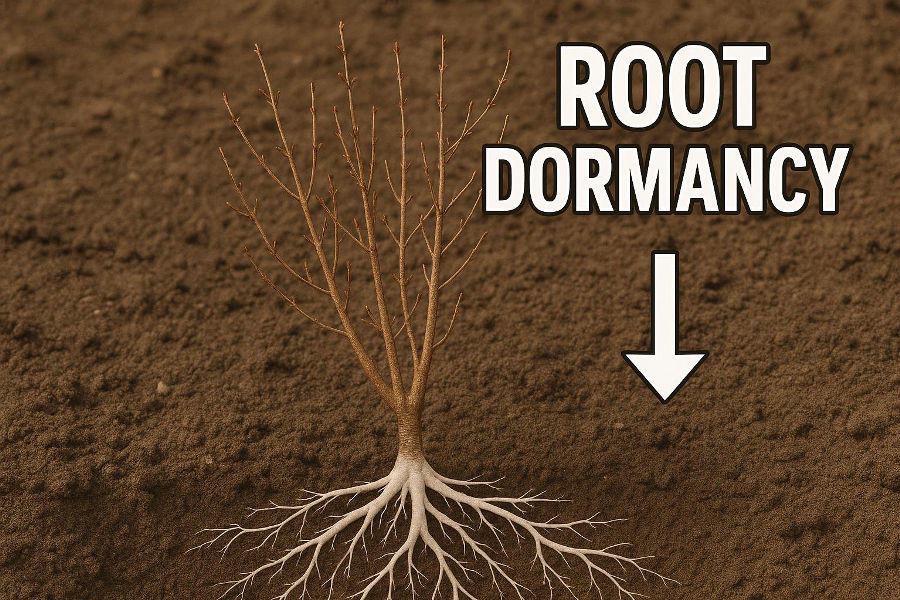What is Root Dormancy ?
Root dormancy is a natural resting phase where the plant’s roots slow down or temporarily stop growing. It usually happens when the plant faces stress – like cold weather, drought, poor soil conditions, or even transplant shock. During this time, the plant tries to survive by conserving energy instead of growing.
Why Does It Happen?
The main reason behind root dormancy is a plant hormone called Abscisic Acid (ABA). When a plant senses stress, ABA levels increase. It tells the plant to pause growth, especially at the roots, to protect itself.
But while this is nature’s way of helping the plant survive, for farmers and gardeners, it can mean delayed growth, poor yields, or weak seedlings.
Signs Your Plant is in Root Dormancy:
-
Roots are not spreading or thickening
-
Leaves begin to yellow or fall
-
Nutrient and water uptake is reduced
-
Overall growth slows down
How to Wake Up Dormant Roots?
-
Manage Temperature
If the soil is too cold, especially in winter, roots stop growing. Use mulching or cover techniques to keep the soil warm. -
Maintain Proper Moisture
Avoid overwatering or complete drying. Balanced soil moisture encourages root activity. -
Feed the Soil
Apply a mild dose of phosphorus and potassium-based fertilizers. Avoid heavy nitrogen at this stage. -
Use Root Stimulants
Natural hormones like Gibberellins and Cytokinins help reduce the effect of ABA and push roots to grow again. -
Avoid Stressful Conditions
Transplant seedlings at the right stage and avoid disturbing root systems unnecessarily.
